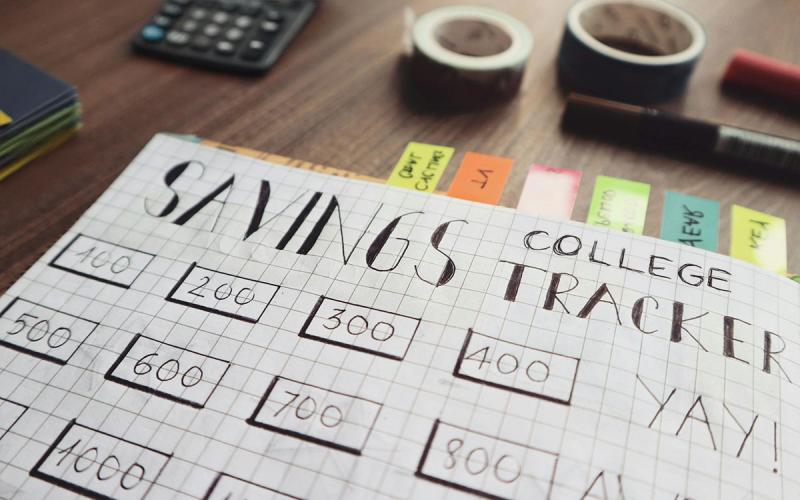Written by Katie Minder under the direction and review of Lorna Saboe-Wounded Head.
The average American has $6,501 in credit card debt. There was a small dip in credit card debt during COVID-19, because people were not going out and spending money on things. Due to inflation, credit card debt has slowly started to rise. The average debt per person in South Dakota is $92,733; this includes both installment and revolving debt. The average amount of student debt is $38,290, and most student loans are taken out by women. The total household debt in the United States is $17.5 trillion.
What is PowerPay?

PowerPay is a debt reduction tool that was created in 1993 by Utah State University Extension. It is not a business; it is a free tool to help consumers reduce debt. This tool was created with the person carrying debt in mind, not the business making money from consumer debt.
PowerPay calculates how long it will take a person to pay off debt with multiple different plans. It uses real numbers to help people visualize a plan and motivate them to get rid of their debt. For information on setting up an account, visit the PowerPay website to get started today!
By using PowerPay, consumers can see how much time and money can be saved using one of its suggested debt pay-off methods. Powerpay plans work by having the consumer focus on paying off one loan, while paying the minimum payment on the other loans. Once that first loan is paid in full, the consumer would take the amount that they were paying on the finished loan and apply it to the next loan. Once that one is finished, the consumer takes the money they were paying on that loan and applies it to the next, and so on.
Instead of taking the amount of the finished loan payment and applying it to their budget, the consumer should apply it to their other loans. This way that person will be paying the exact same amount each month instead of reducing the amount they pay once they have paid a loan off. This will save them considerable time and money.
Payment Methods
There are four payment plan methods recommended in Powerpay. These include the following.
- Snowball Method
Focus on paying the debt with the lowest balance first. Then pay off the next debt with the lowest balance until all are completed. This can feel very empowering, because multiple lower-balance debts are getting paid faster. - Shortest-Term Method
Focus on paying off the loan with the shortest repayment time. Once that loan is complete, they move to the next shortest repayment time.
- Calculate-as-Entered Method
Prioritize to which loan they want to pay off first. When entering loan information on the first page, put the one that you want to pay off first on the top. You can move the other loans around as you see fit. - Avalanche Method
This plan pays the debt with the highest interest rate first. Once the highest interest rate loan is paid off, it moves to the next highest.
For these plans to work, the consumer must maintain consistent payments and not add to the debt. Make sure the payment is going toward the principal payment. This ensures that the interest cannot multiply more, because if the principle is lower, it cannot compound a higher amount.
Additional Tips
One tip to reduce your debt sooner is to make extra payments, if possible; they will save you time and money. Stop using debt and cut down on spending. Only buy what you can afford. Also, try negotiating your interest rates, 76% of cardholders who asked for a lower APR were successful. Remember, PowerPay does not make these payments for you, it is just a tool to help you achieve success. If you would like assistance in creating a plan to pay off debt, complete a request for SDSU Extension financial counseling.
This content was presented as a webinar for the Financial Fireside Chats on April 30, 2024.


